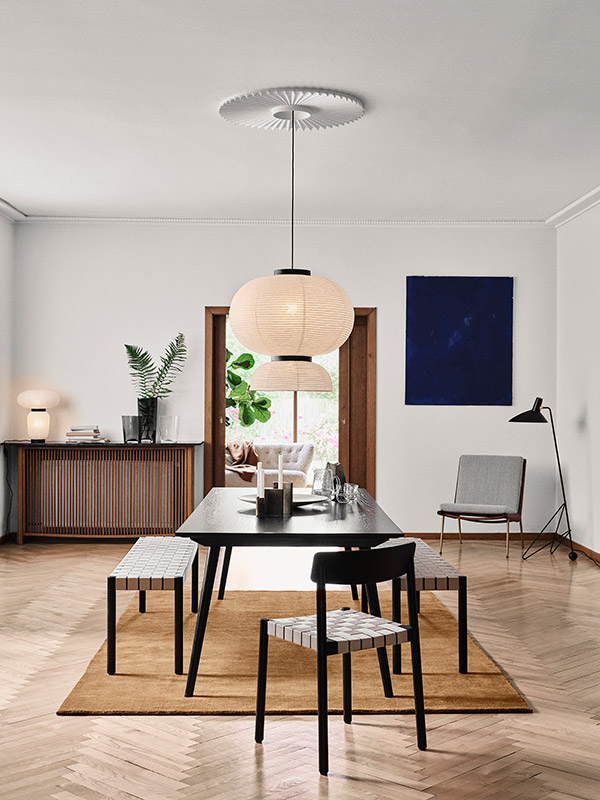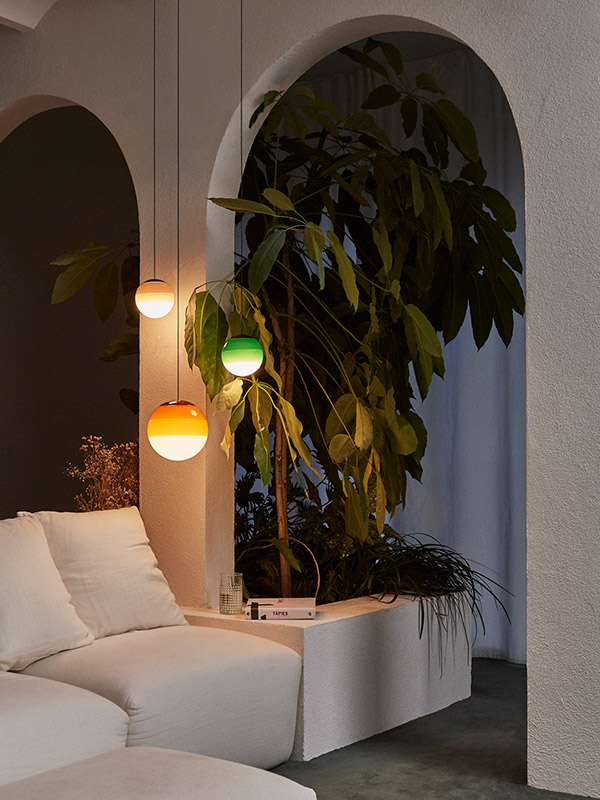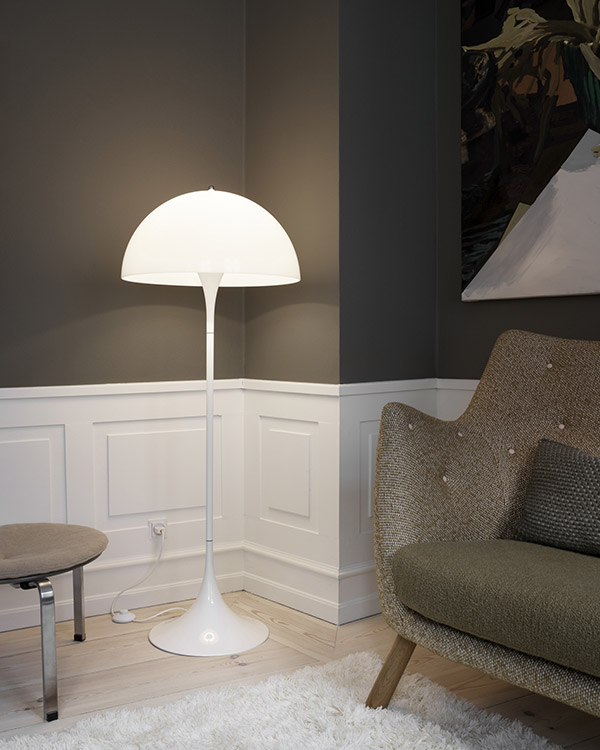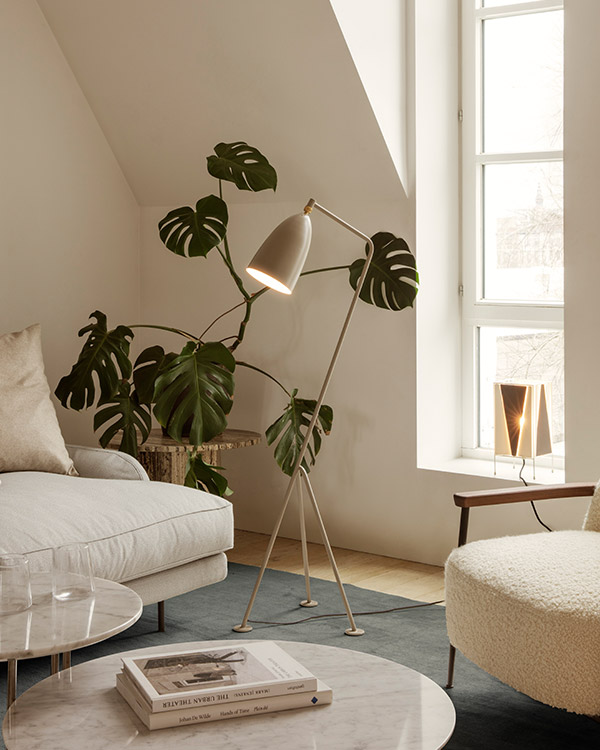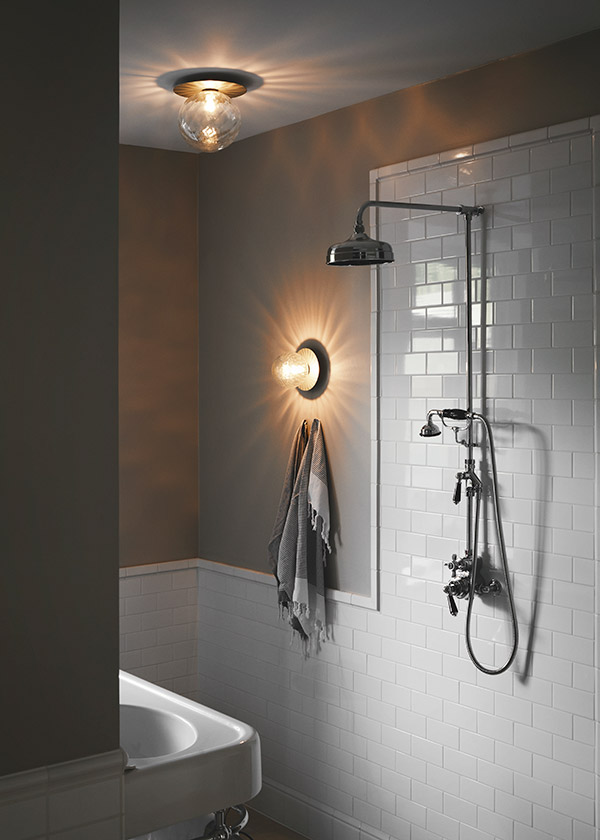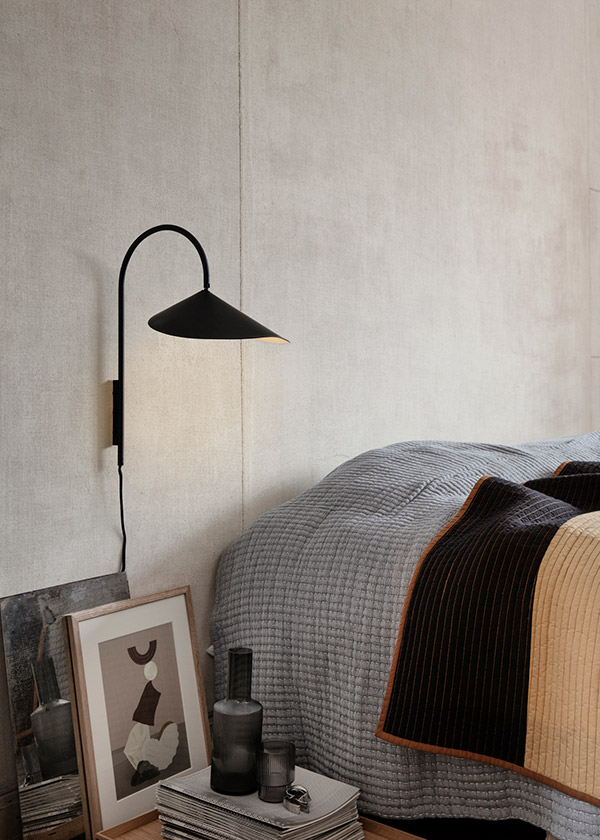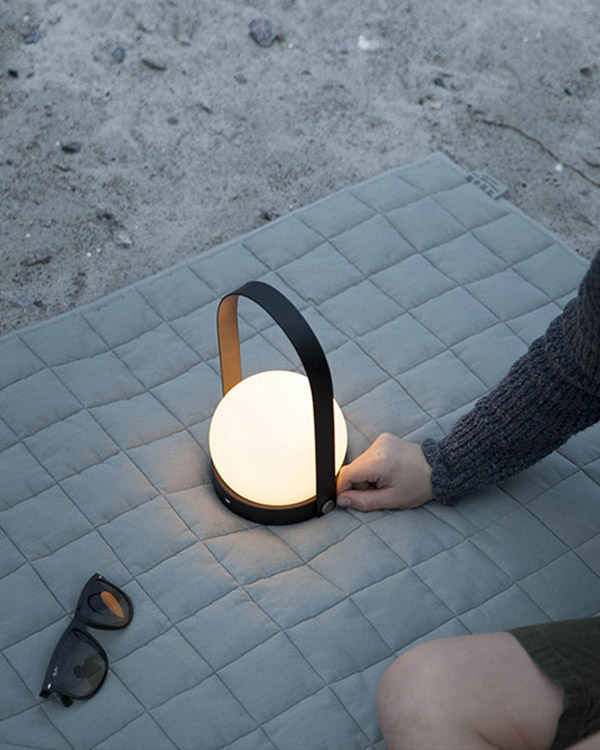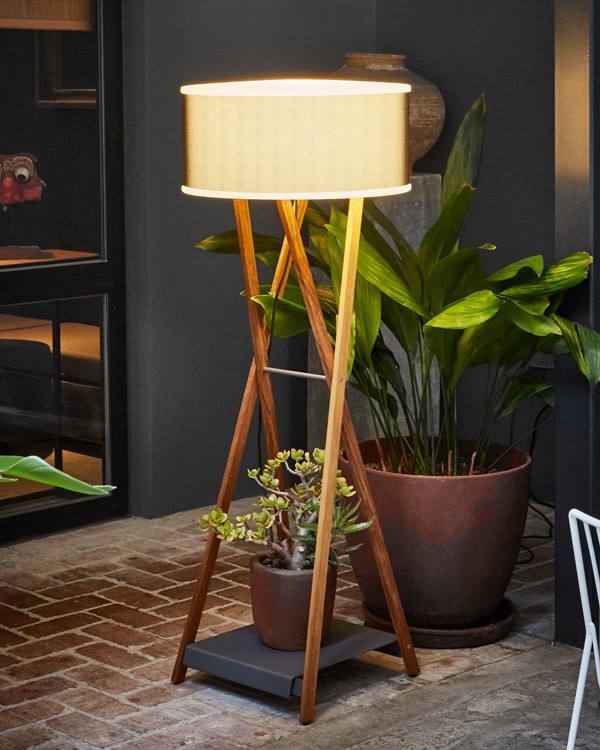Designer Lighting Buying Guide
Illuminate your home in style
Great lighting is fundamental to your home’s interior. As well as providing illumination, it creates a distinctive mood, ambience and warmth.
For a cohesive look and feel, we recommend layering three types of lighting throughout your home: ambient, task and decorative. This will make sure that your home not only looks it's best, but that it works on a practical level, too.
Let us talk you through these different lighting methods, in order for you to make an informed decision about what’s right for you and your space.
Ambient lighting
One of the main reasons that we shop for lighting is to fulfil a practical or functional need. Ambient lights act as a replacement for natural light in our homes and often come as pendant lights, which hang in the centre of the room for even illumination.
There are countless lights to choose from and something for every style of your room. Choose a simple, contemporary pendant for a soft, warm glow. Depending on the size of your room, and the pendant, they can look particularly striking hung in clusters of three in a spacious or open-plan living area. Meanwhile, dining rooms look great with a pendant hung directly over the dining table.
For bedrooms, we highly recommend a pendant that offers a delicate glow, which is ideal for a relaxed, peaceful environment. Certain pendants can become showpieces and be a focal point in the room, even when the light is turned off.
We stock a wide variety of beautiful pendant lights in many styles, sizes and colours. Please see our pendant lighting page to shop the full collection
Task lighting
Task lights are mainly used when you need additional or precise light for a particular job, such as working at a computer, writing or reading.
Desk lamps are a common source of functional lighting and offer a direct and intense light. Ones with a movable arm mean you can direct light exactly where it's needed, whilst if they also have a shade, it can protect from an overwhelming glare. Meanwhile, dimmer switches are handy for the optimum level of light.
Kitchens or cooking areas are best lit via spot or wall lights; these offer a focused and uncomplicated light. They are fixed with hidden wiring and can often be twisted manually to direct the light in the preferred direction.
Statement lighting
Once you have the basics sorted, you can start to think about adding statement lighting to your interior for that ‘wow’ factor. If you have the key elements already in place, it shouldn’t need too much practical consideration.
Your personal style will dictate which designs you opt for, but our collection has all bases covered. We have drama, sophistication and surprising details. We have playful designs and conversation starters.
Our CEO, Christian, loves sourcing these types of lights. We hope you have as much fun viewing our fabulous collection.
Bathroom lighting
When it comes to choosing lighting for the bathroom, safety is a must. Lights are given an Ingress Protection (IP) rating which measures how resistant the light is to both water and dust particles. Bathroom lights should be at least IP44, which means they are splash-proof. Once you know what IP rating you need, you can think about what style to choose.
Wall and spotlights are a great choice for the bathroom area as they are compact with no hanging wires, and therefore no need to worry.
Don’t forget: the main bathroom light must be switched on by a fabric pull cord or by a light switch situated outside the bathroom.
Outdoor lighting
Outdoor lights can be simplistic with subtle illumination or a striking focal point of your outside space. As with the bathroom area, you will need to ensure you take into account safety and IP ratings. Outdoor lights need to be at least IP44 which ensures they are protected from splashes and the general wear and tear of the outdoors.
A variety of lights are available for your outdoor space, ranging from simple wall lights to stylish path and post lights and decorative hanging lights.
Please note that when installing outdoor lighting, all wiring must be protected and all metalwork earthed. Plus, where possible, switches must be located indoors.
We hope you found this guide useful. If you need further help, please get in touch by calling 0114 243 3000, email: info@nest.co.uk or via Live Chat.





